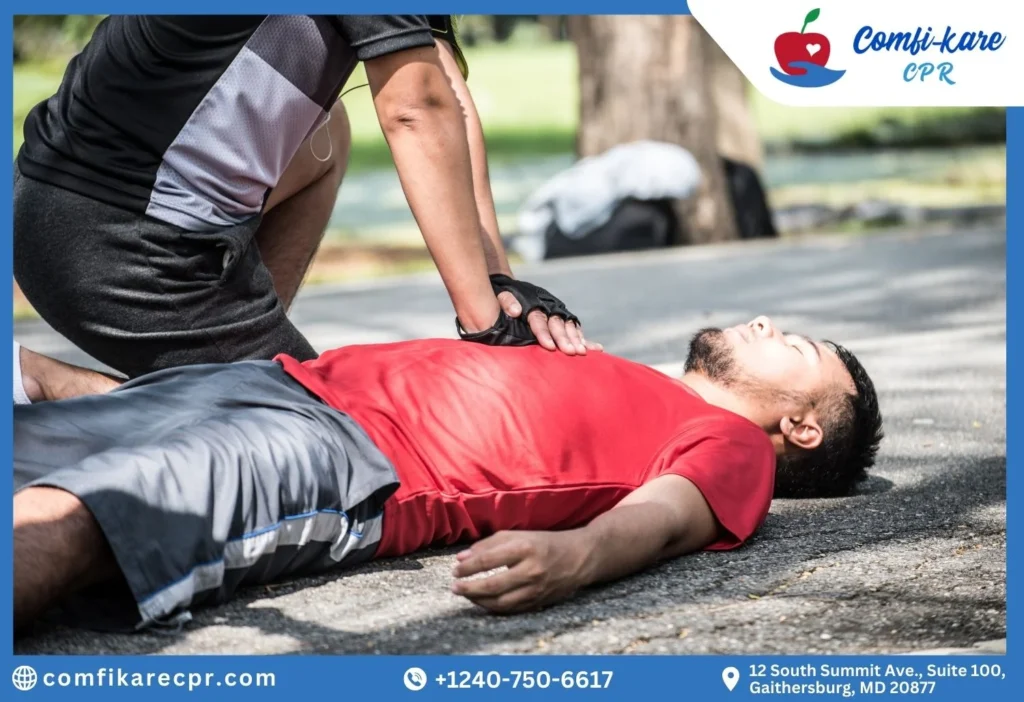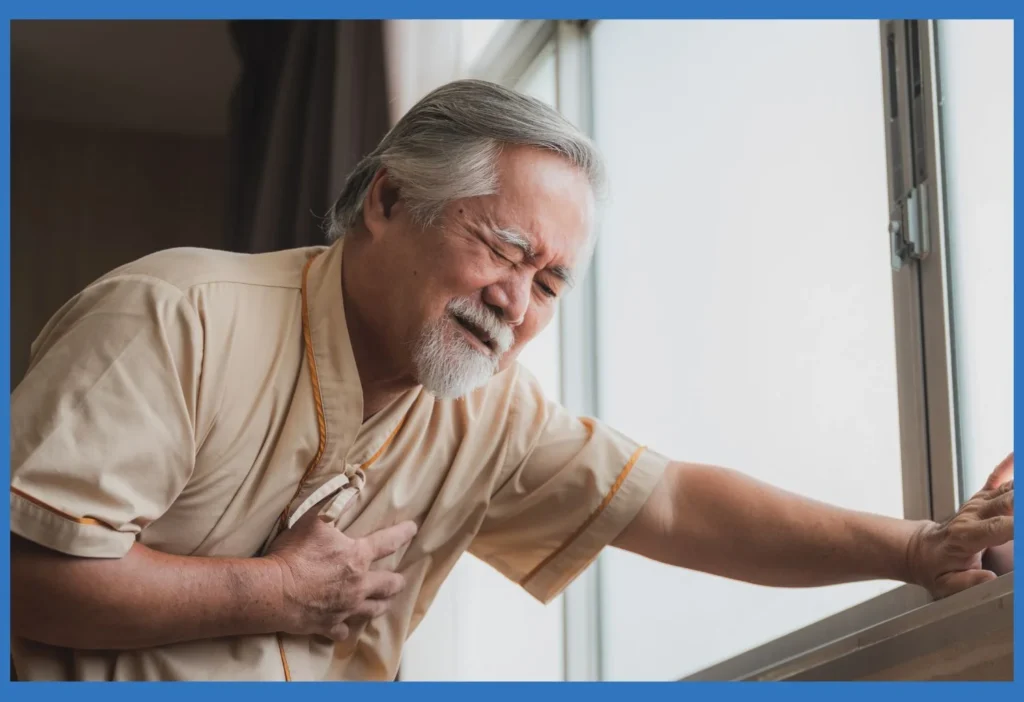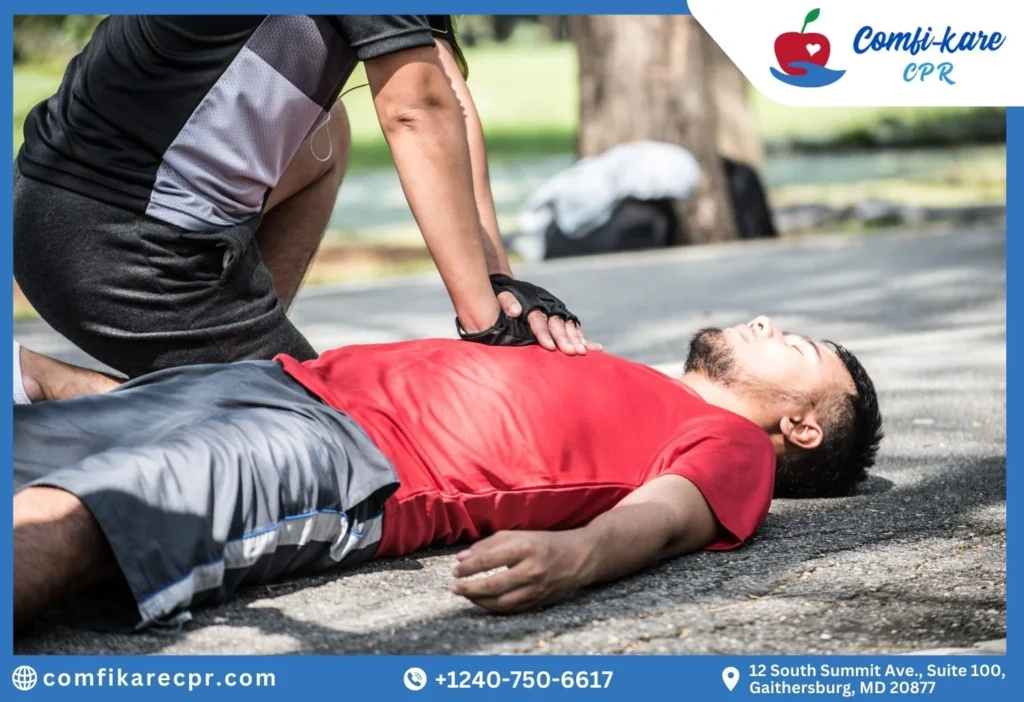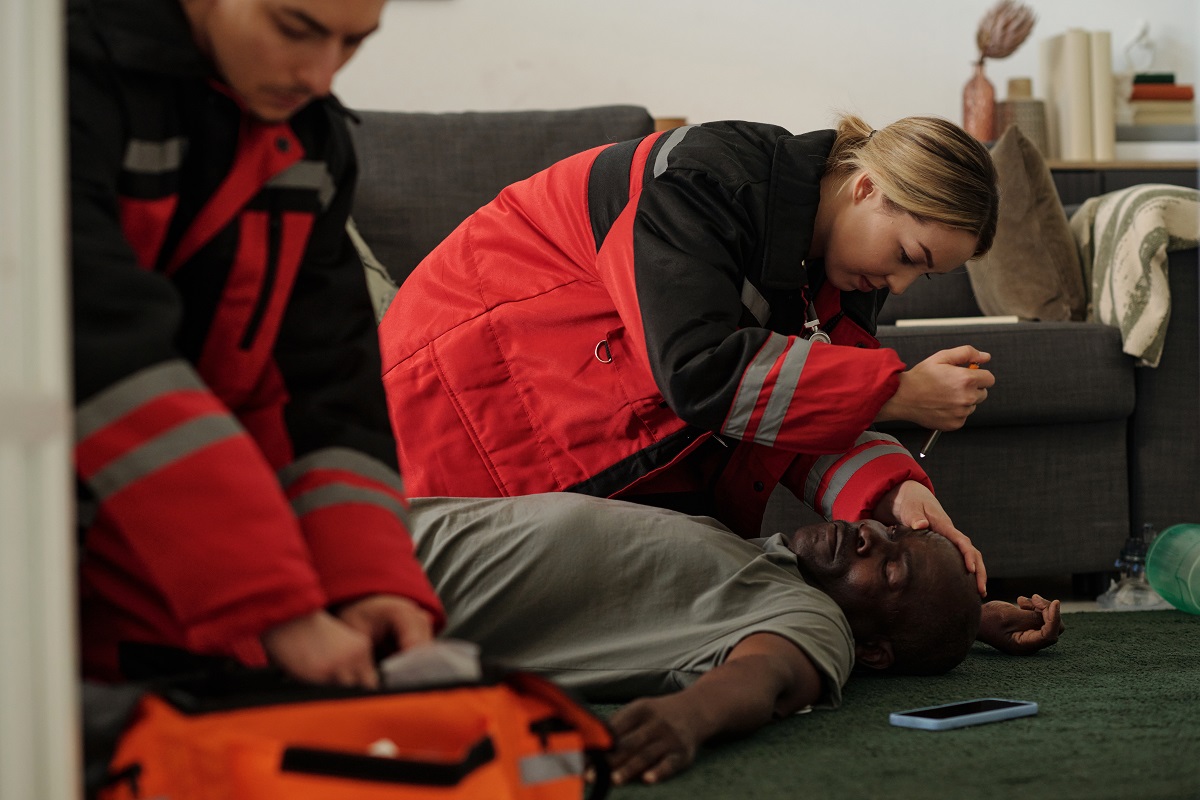
You may remember that in your young days, a little Boo-Boo made you cry, and your mother put first aid on it. It used to get better after a few proper bandages and some ointment. But do you know there are first aid classes in Maryland that teaches us what to do during a medical emergencies, like heart attacks too?
Yes, you heard it right!
In the case of a heart attack or congestive heart failure, there are some first aid steps that you can take to take better care of the individual. With the proper first aid classes, you can mitigate the risk of death and increase the chances of survival. The thought of providing Cardiodpulmonary Resuscitation (CPR) may flash across your mind, but it is not true that CPR always works. It only works in the case of sudden cardiac arrests.
However, heart attacks and congestive heart failure are quite different from sudden cardiac arrests. In the later part, the heart stops beating, and the CPR techniques restore blood flow by using manual chest compression. In the case of a heart attack, there is a lack of blood supply to the heart.
In today’s blog, we are going to discuss the difference between a heart attack and congestive heart failure. Then, we take a look at the first aid techniques that could be applied in these cases.
What is a Heart Attack?
A heart attack occurs when the arteries that supply the blood to the heart are blocked due to some complications. As the heart does not get oxygen-enriched blood, it causes damage to the affected areas. As a result, the heart muscles begin to die. This happens at a young age too and often comes with a warning sign.
Symptoms of a Heart attack
- First Aid for a heart attack
- Call 911 or the designated medical emergency number
- Make the person lie down or sit in a comfortable position
- Help the person take the medication, if needed
- Perform CPR, if needed
- Use Automated External Defibrillation (AED), if needed
- Stay with the person unless a medical emergency arrives
CPR is needed only when there is a sudden cardiac arrest. So, when a heart attack causes sudden cardiac arrest, you need to perform CPR. It is important to have proper CPR training to find out the symptoms of cardiac arrest and know when to use CPR and AED.
What is Congestive Heart Failure?
Congestive heart failure, or heart failure, happens when the heart cannot pump enough blood for the body to meet its needs. However, the heart keeps on beating, so there is no need for CPR or any sort of chest compression. As the heart is unable to pump the amount of blood supplied to it, the blood gets collected in the lungs, legs, or feet. As a result of this collection, it gets built up.

Symptoms of Congestive Heart Failure
- Breathlessness
- Waking up short of breath at night
- Chest discomfort
- Heart palpitation
- Swelling up in the ankles, legs, and abdomen
- Need to urinate while resting at night
- Weight gain
- A fully bloated stomach
- Nausea
First Aid for Congestive Heart Failure
- Be aware of the Congestive Heart Failure symptoms
- Call for a medical emergency or 911
- Make a person sit down and help them elevate their legs to reduce swelling
- Help the person take medications if prescribed
- Give them low-sodium foods
- Avoid dehydration; ensure that the person is cool and hydrated
- If they have severe chest pain, call 911 immediately
Key takeaways,
Heart attack
- Sudden and acute
- Caused by a blockade in the coronary artery
- Damage to heart muscles
- Symptoms include chest pain, shortness of breath
- Requires immediate medical attention
Congestive Heart Failure
- Chronic condition
- The heart cannot pump enough blood
- Leads to fluid buildup and other symptoms
- Other symptoms include swelling, fatigue, and cough
- Requires ongoing management and treatment
- Does not require immediate emergency care
The key difference is that the heart attack is quite acute and life-threatening. However, congestive heart failure is a chronic condition that requires supportive care and management. In both cases, it is essential to follow the prescribed medication and know the right kind of care and first aid treatment needed.
Where to get a First Aid Classes in Maryland?
When you are aware of various kinds of medical emergencies and know the right way to prevent them, you can easily calm down the person and take effective first aid measures to mitigate the risks. Therefore, Maryland offers various AHA-certified institutions offering first aid classes at affordable rates. These courses can be taken by anyone, and there are no specific medical degrees required to get the certification.
For more information on the first aid course, contact us.


